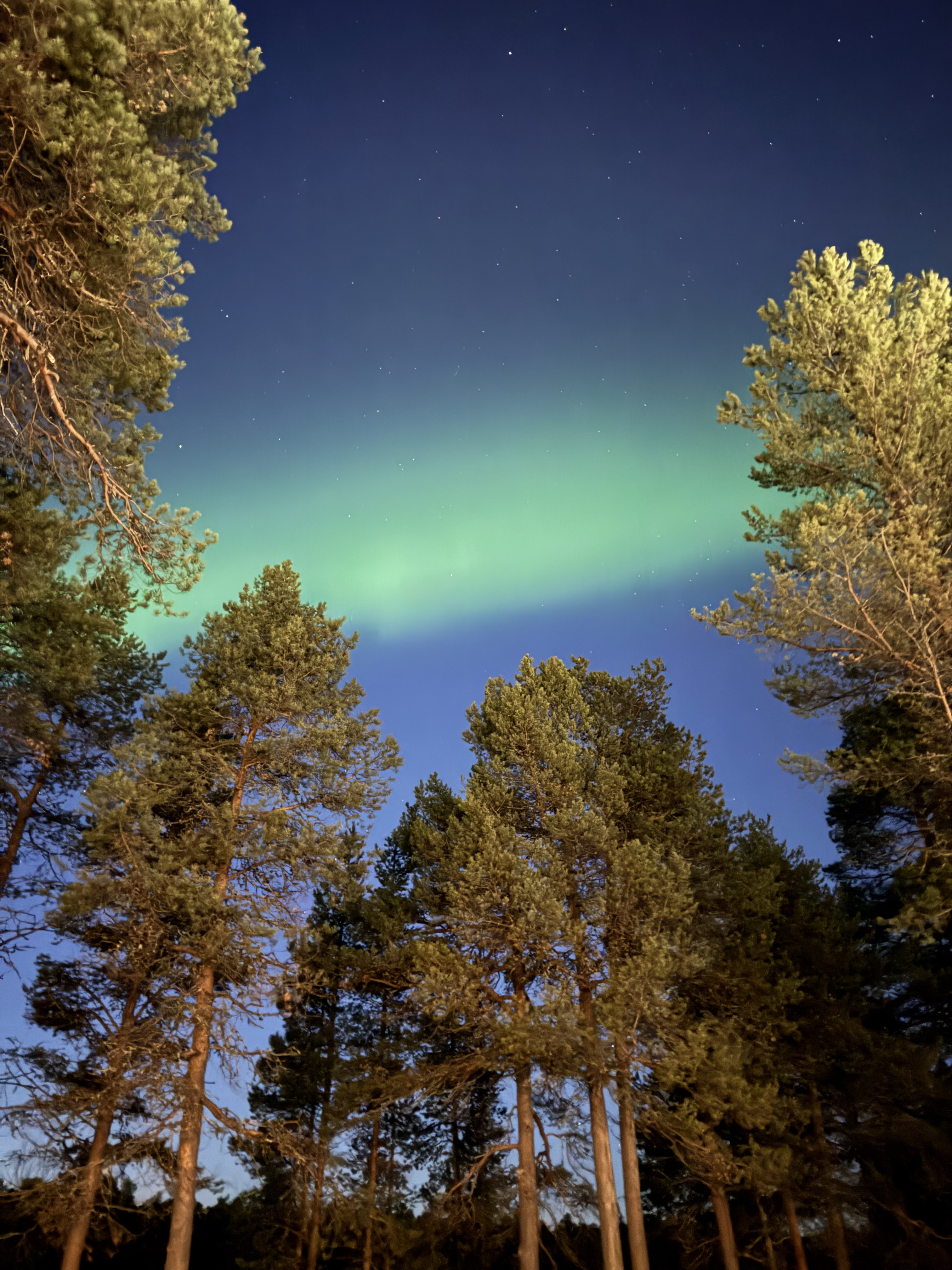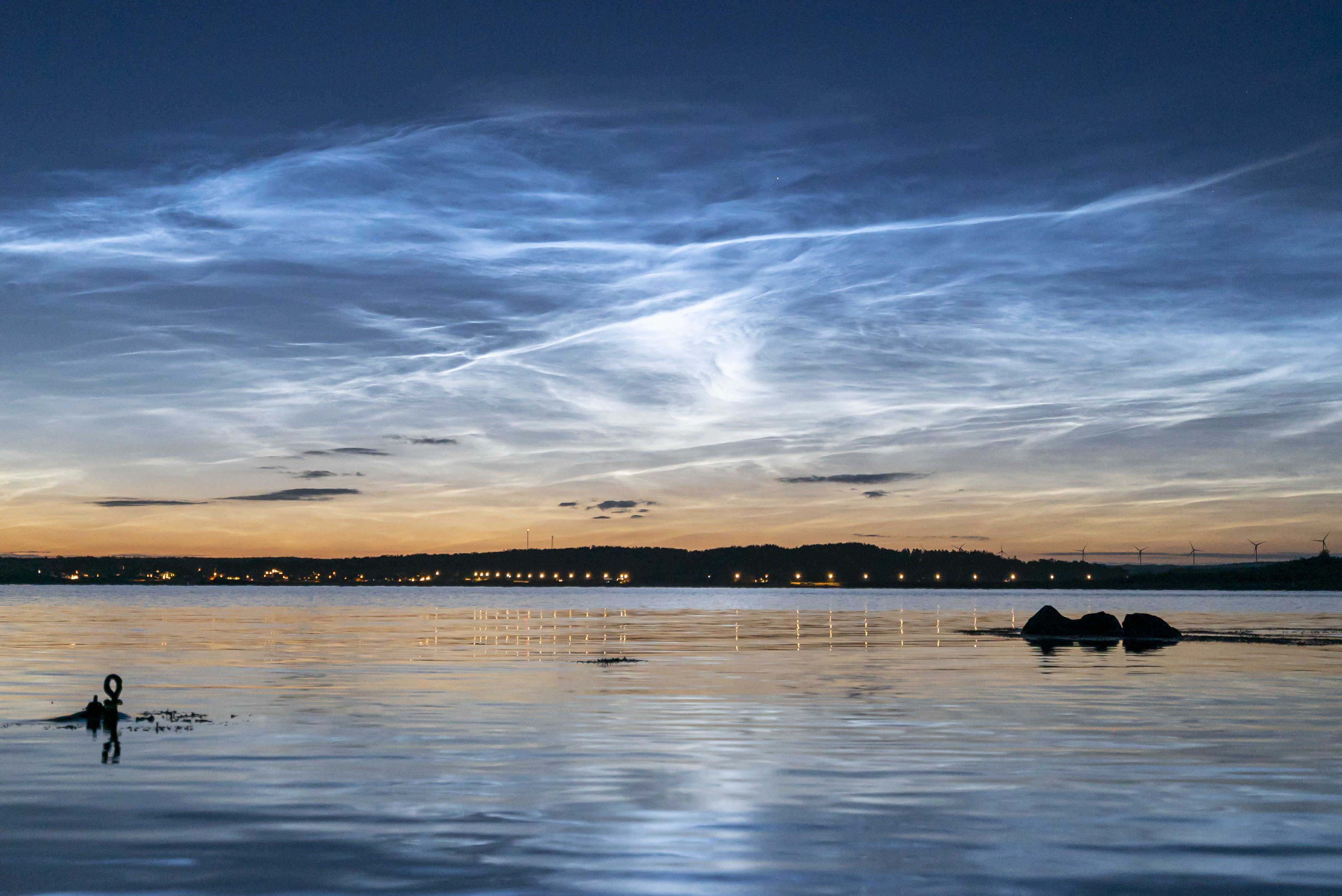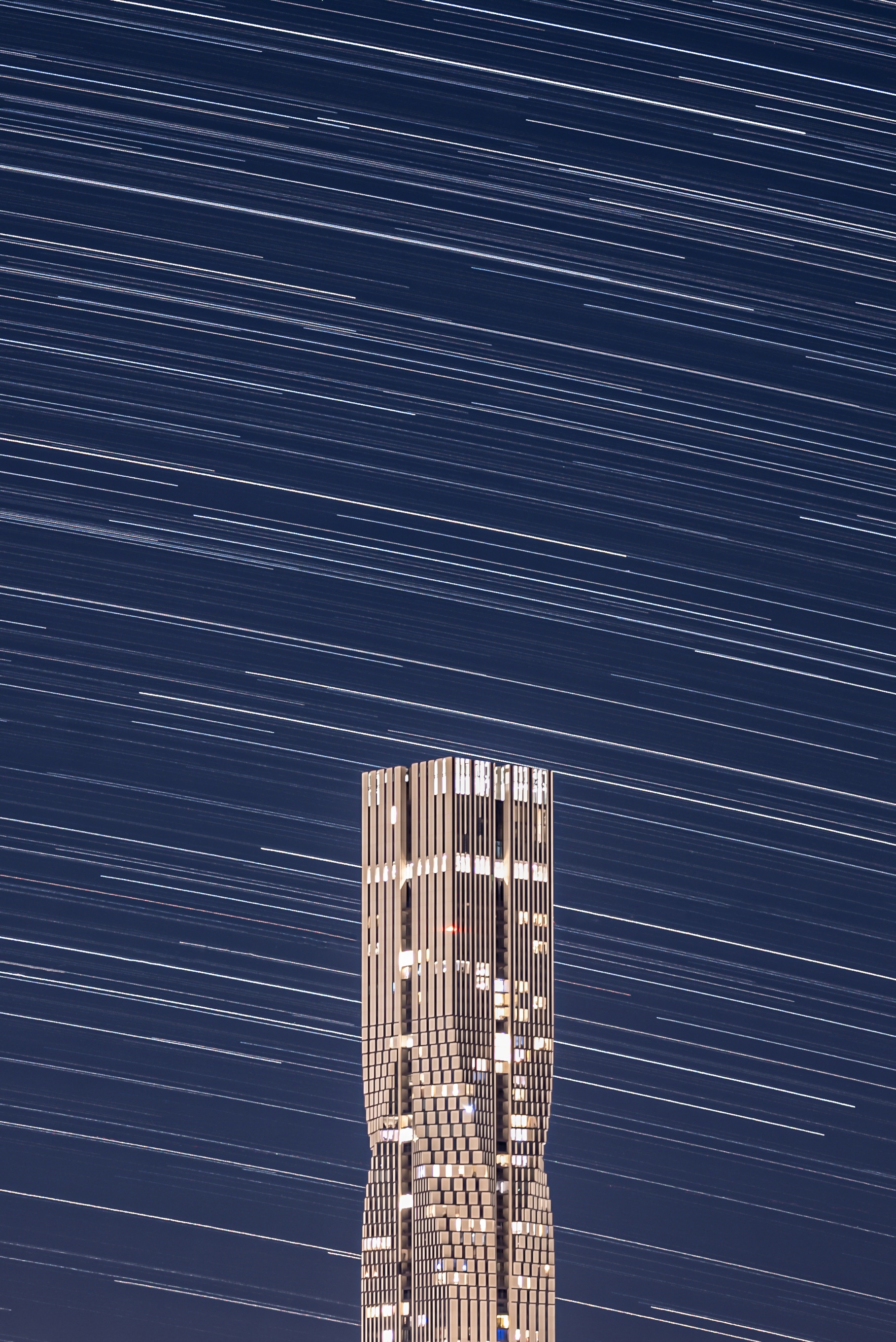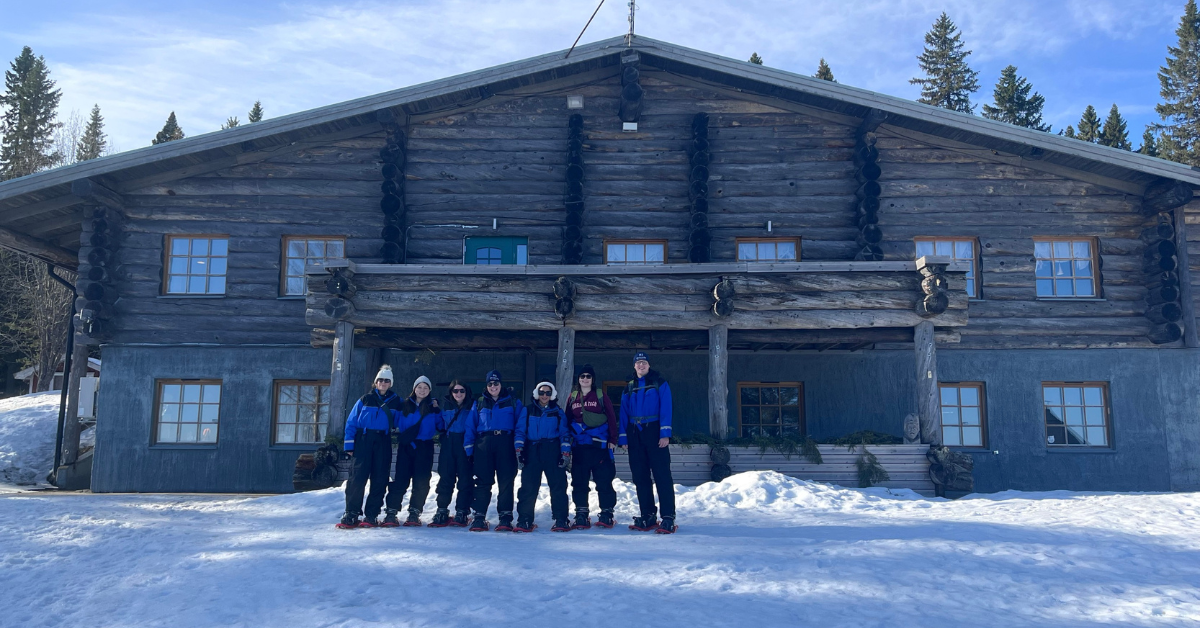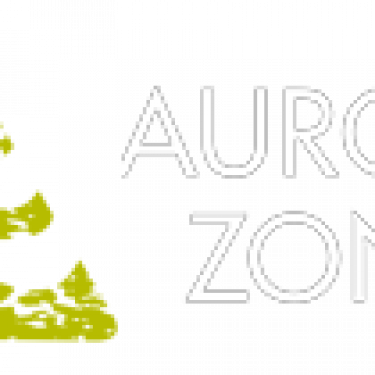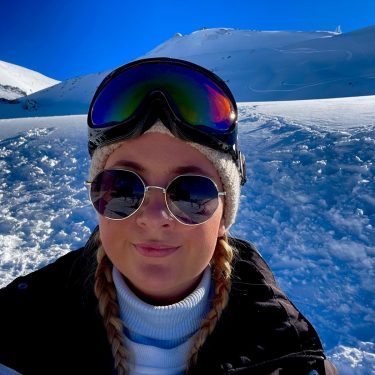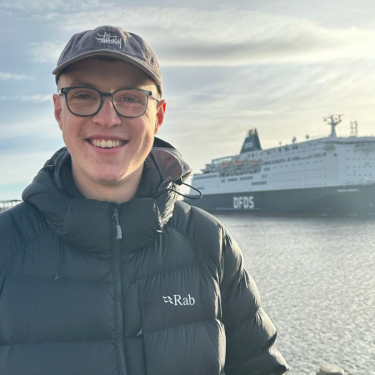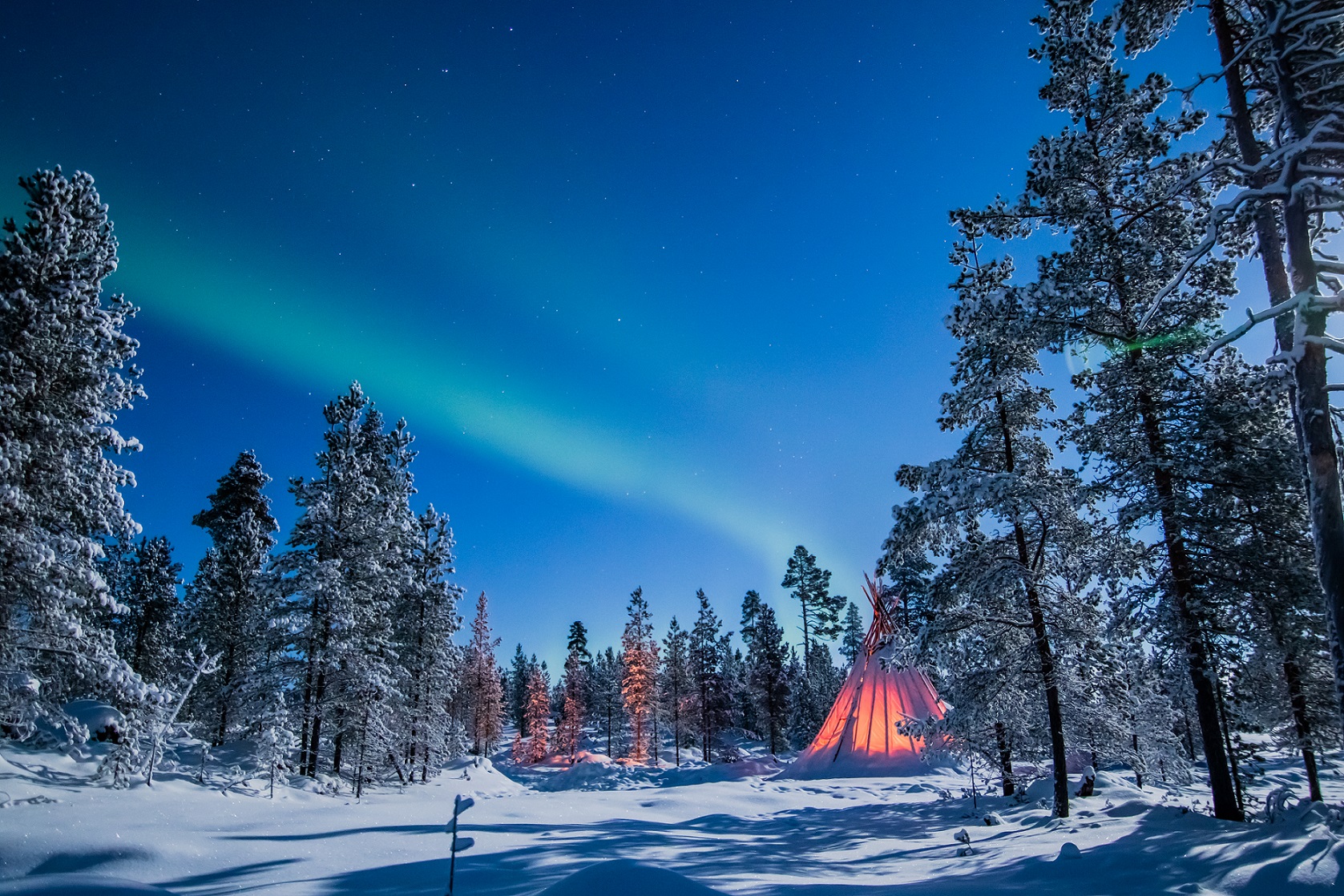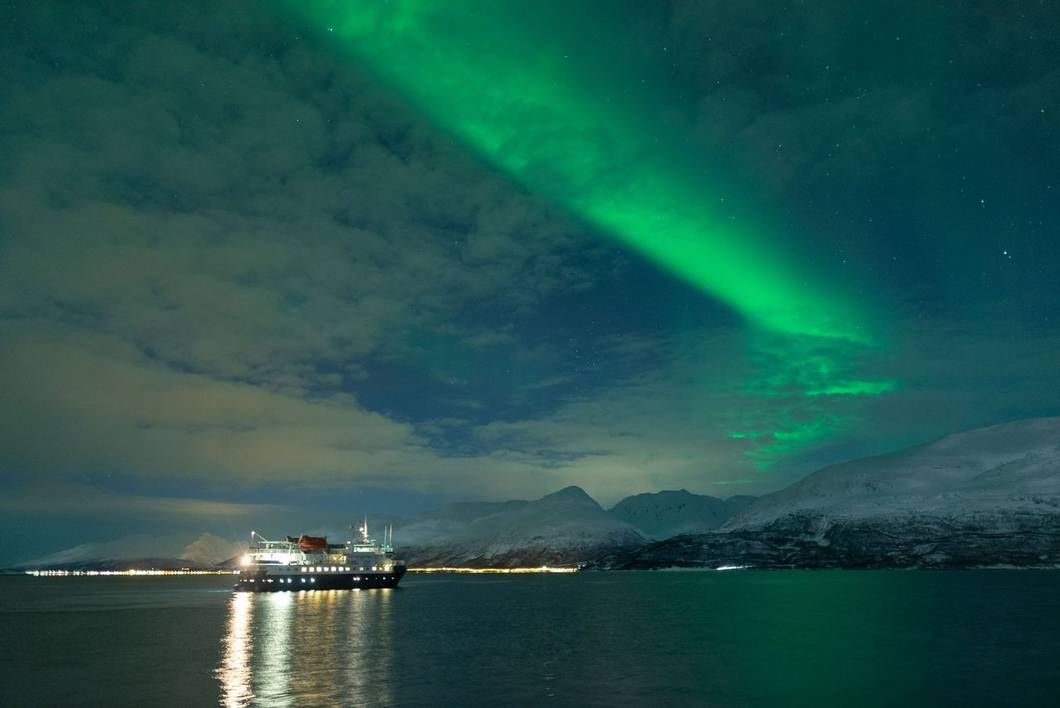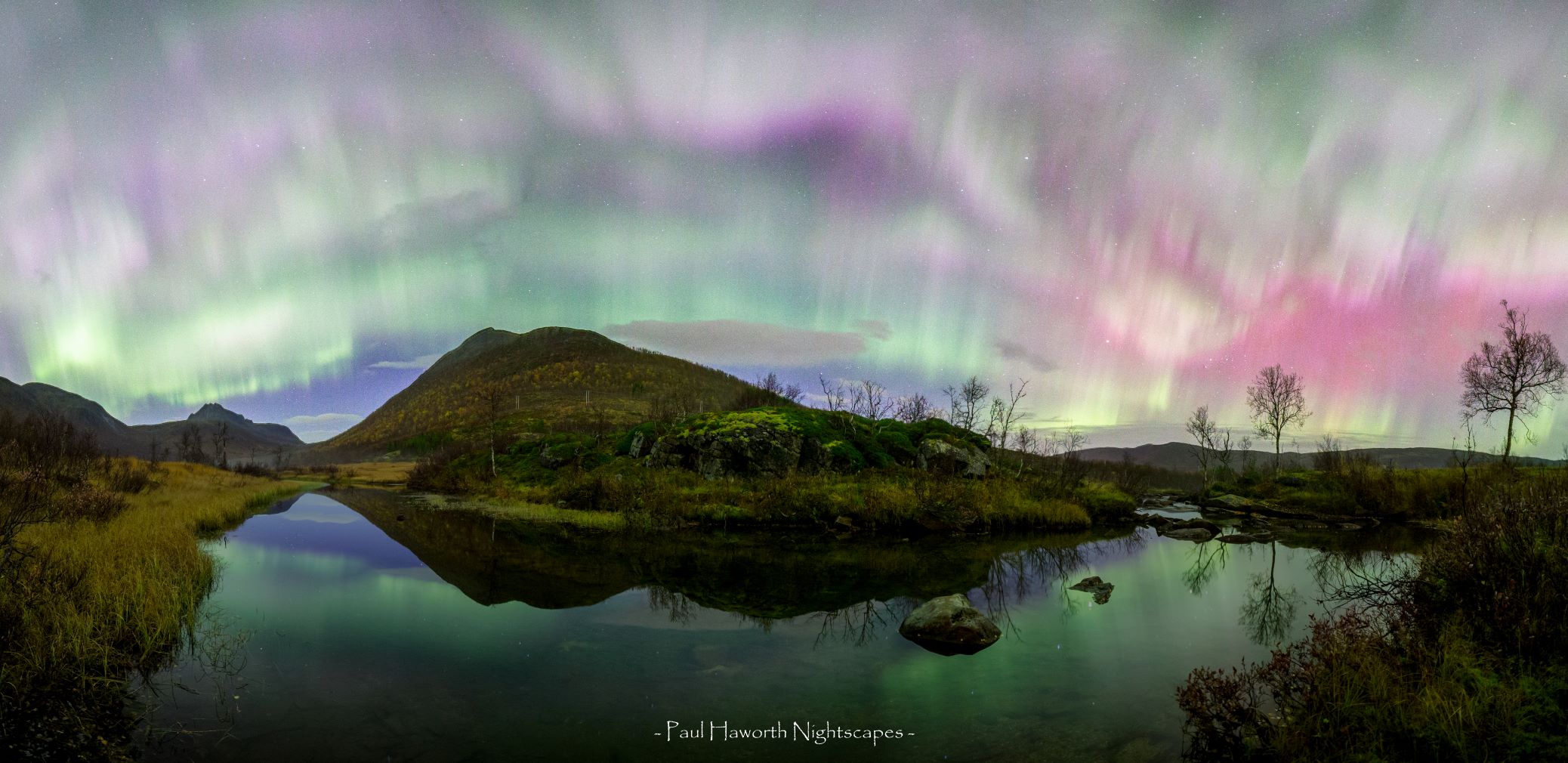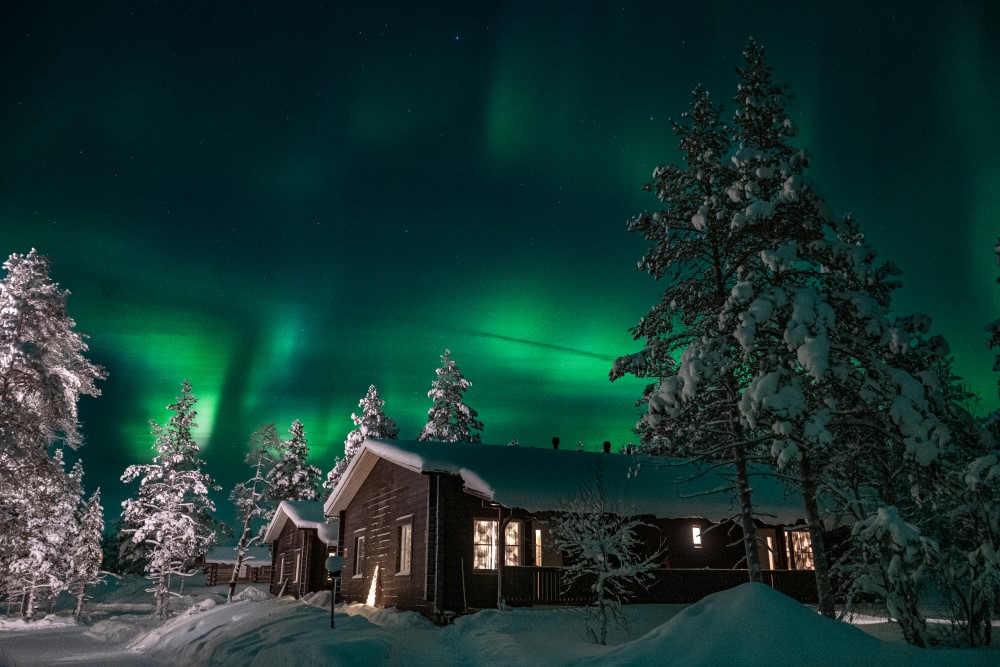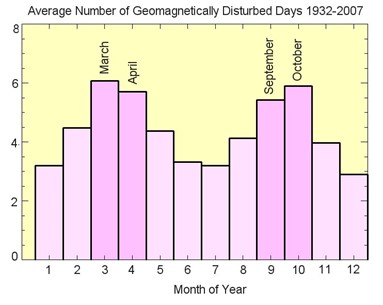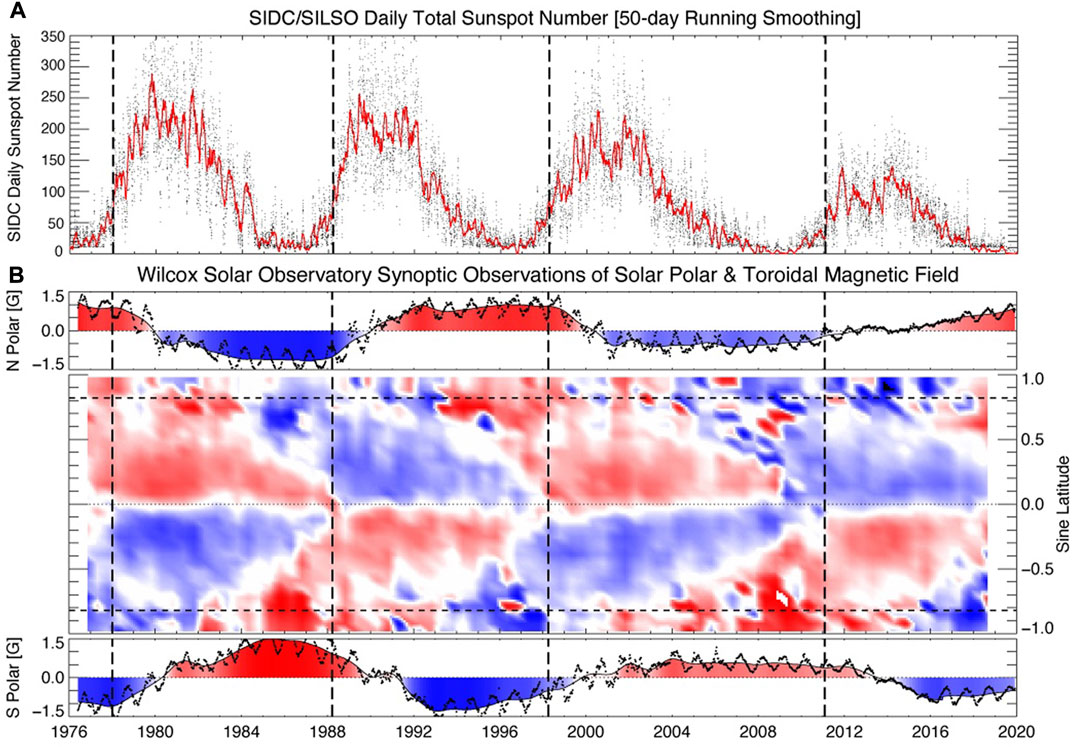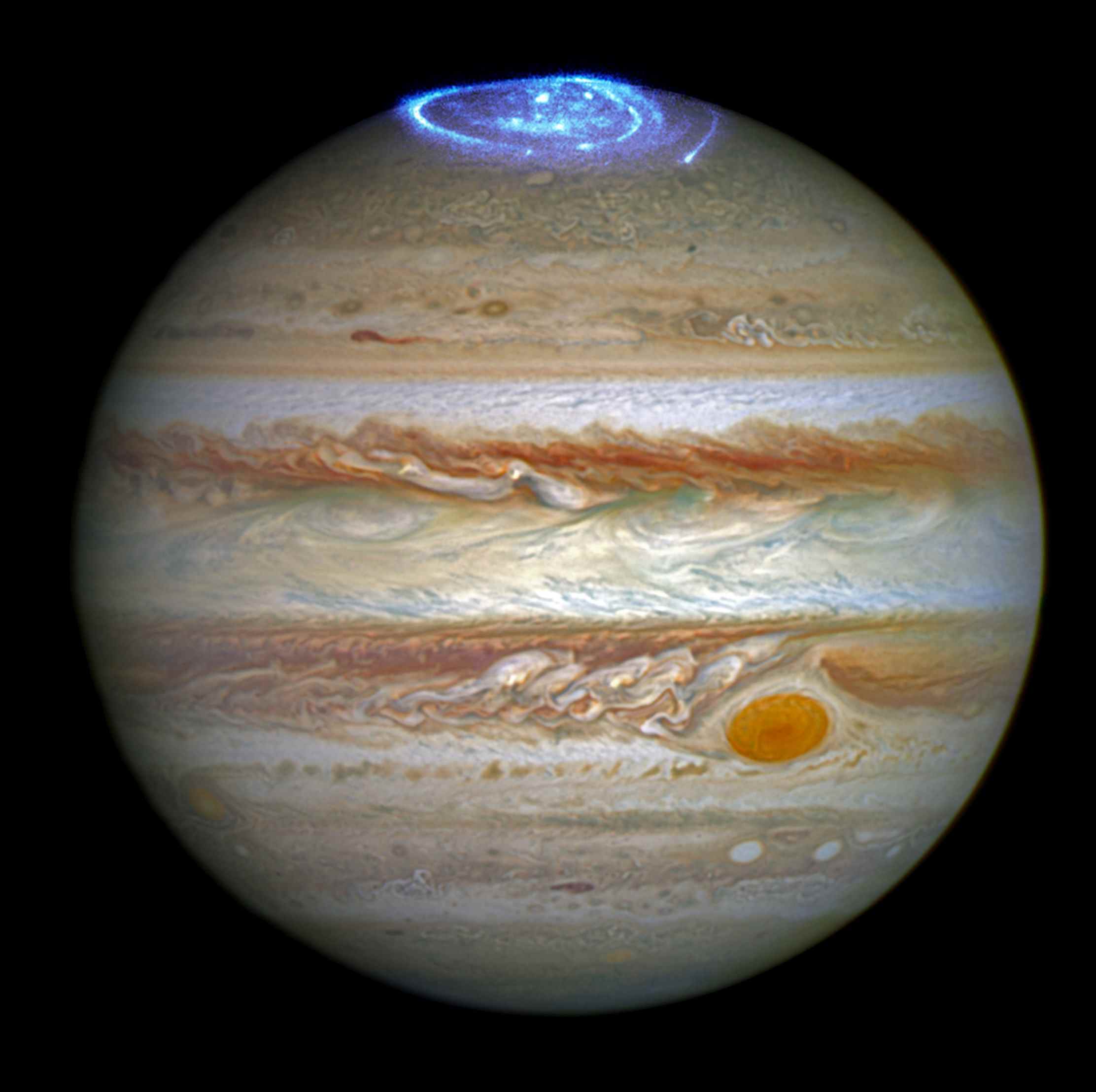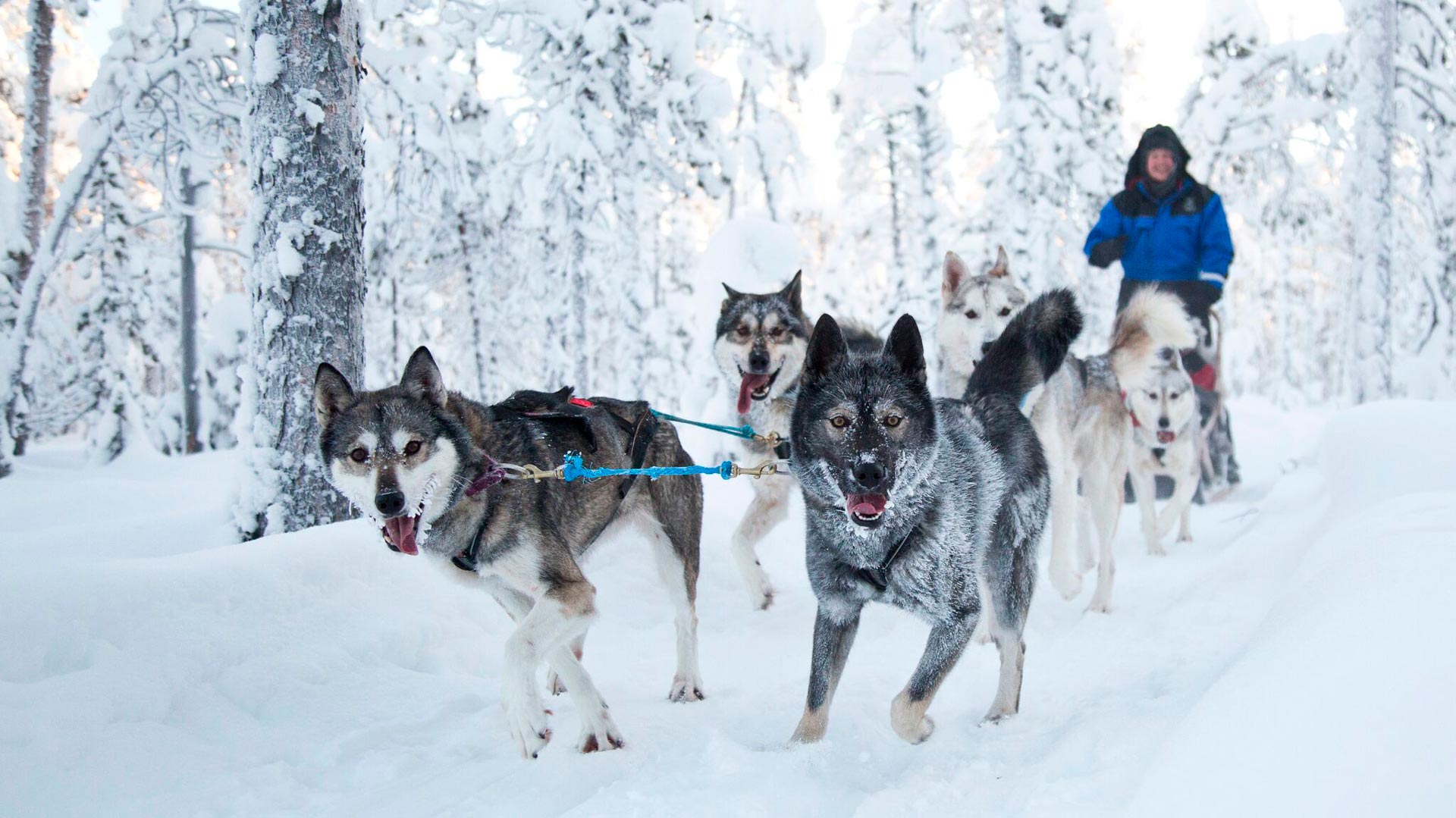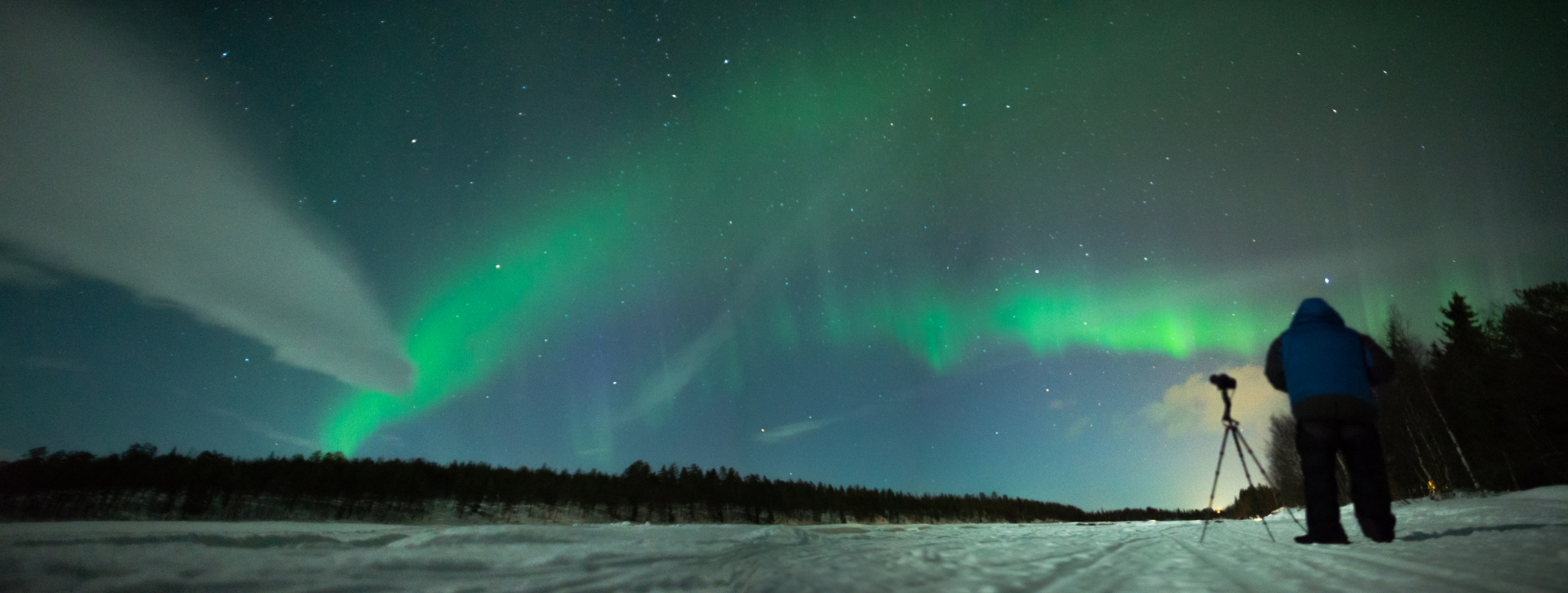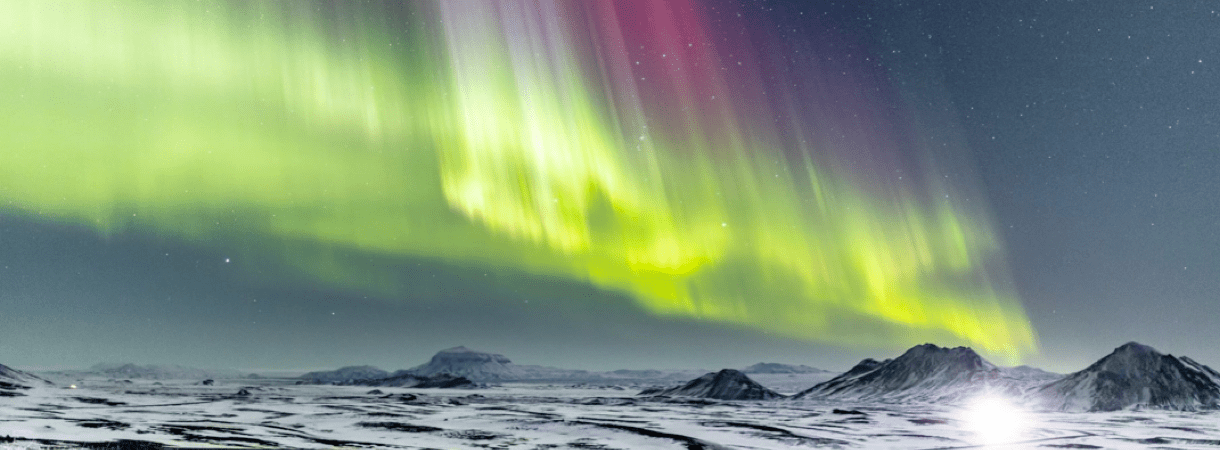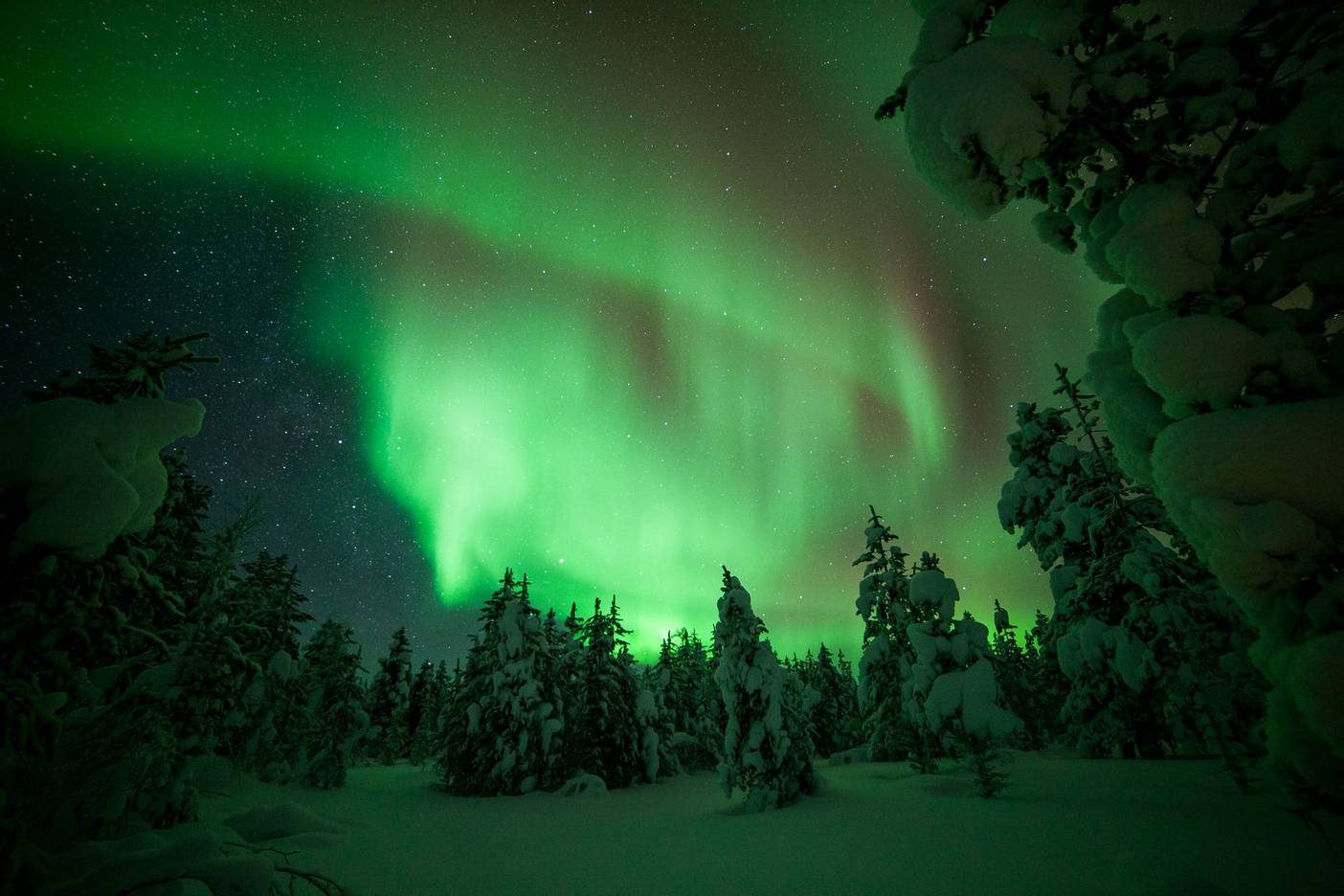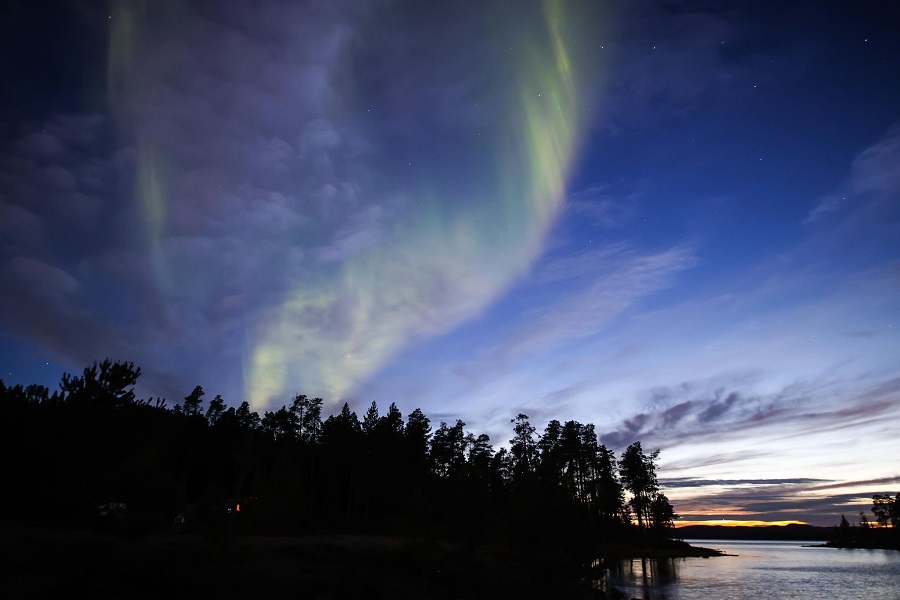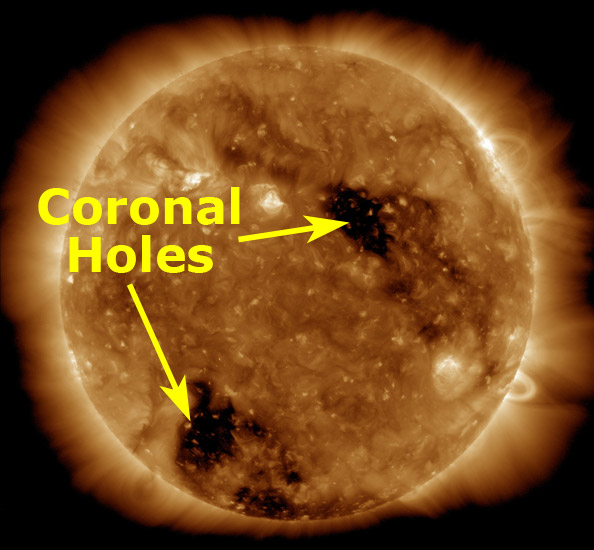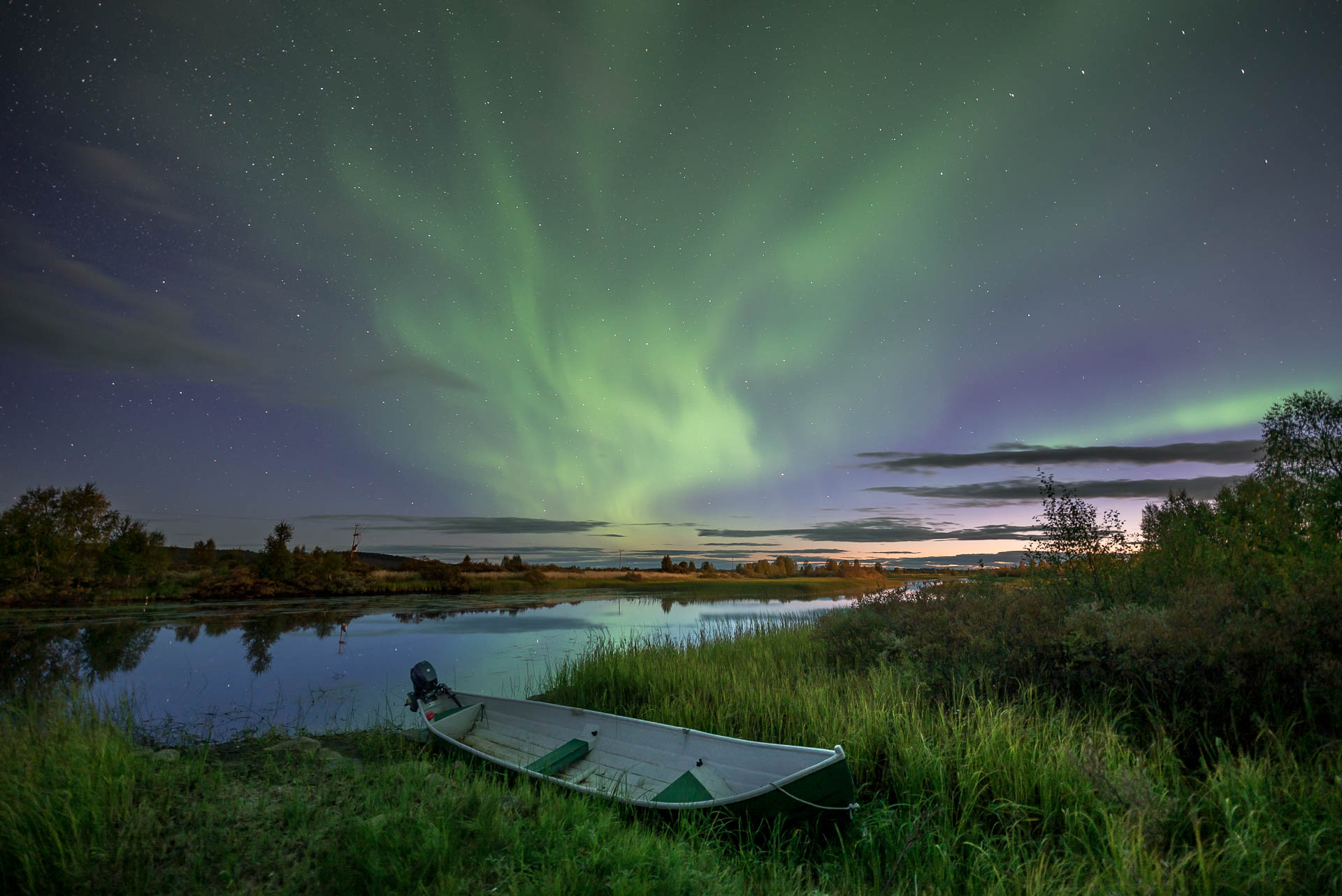Autumn in Finnish Lapland
AUTUMNAL COLOUR DURING DAYLIGHT HOURS
It is jokingly said that autumn in Finnish Lapland starts at 9 am on the 9th day of the 9th month and lasts for exactly three weeks. Clearly, this isn’t an exact science and with the climate seemingly changing on an almost daily basis, those dates should not be taken as fact.
What is certain is that if you time your trip to Lapland well then you can expect all the wonderful colours we associate with autumn during the day and dancing celestial lights once darkness falls.
Much of Finnish Lapland is covered by forests and fells and in autumn the landscapes are bathed in burnished shades of orange, gold, brown, ochre and myriad others. Indeed, the colours closely match those of the traditional dress worn by the indigenous Sami people.
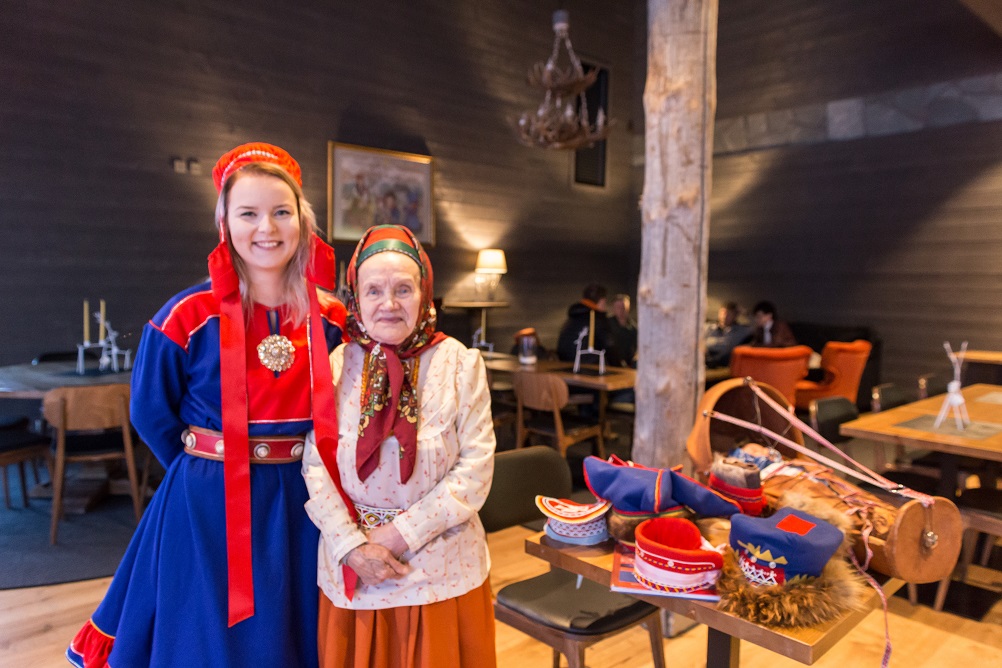
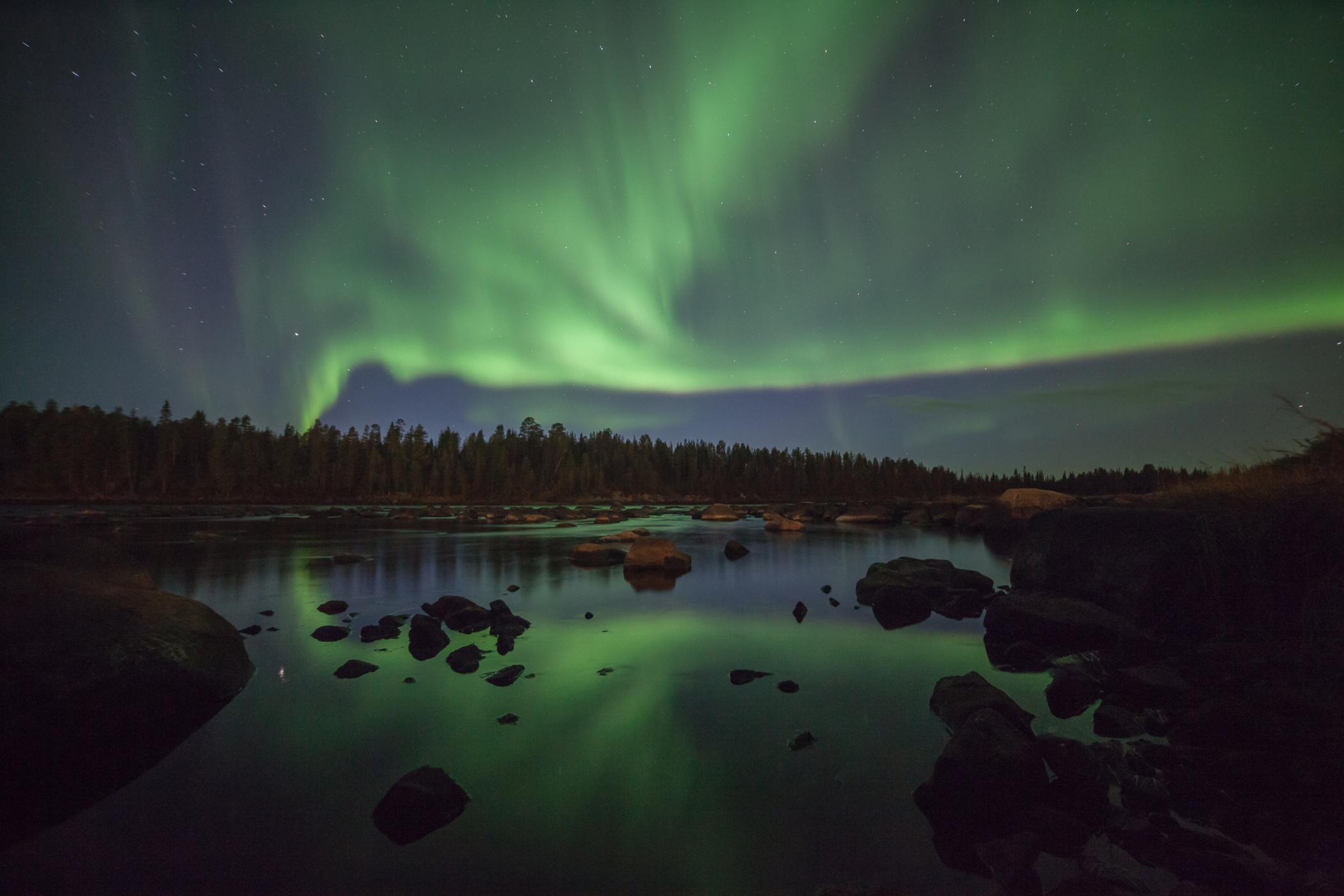
AURORAL COLOURS DURING THE HOURS OF DARKNESS
Autumn is also a vastly under-appreciated time to hunt for the Northern Lights. Based on 75 years of historical records, David Hathaway, a geophysicist at NASA, determined that geomagnetic disturbances in the Earth’s atmosphere peak in September, October, March and April.
It is geomagnetic disturbances that cause the Aurora Borealis to appear in the night sky. This makes for a very simple equation; the greater the number of these disturbances, the greater the likelihood of Auroral displays.
We’ve written at length elsewhere about the many other reasons for hunting the Northern Lights in autumn. However, it is well worth reiterating that September and October are the warmest months for hunting the Aurora in Northern Europe. If you don’t fancy the sub-zero temperatures of deepest winter, then autumn is very definitely the best time to travel in search of the magical Northern Lights.
It is also worth remembering that September and October are also the least cloudy of the Aurora hunting season. There are few things more frustrating than knowing that geomagnetic activity overhead is high but to find the view obscured by blanket cloud cover. We’re not saying that it can’t happen in autumn but, the chances are slimmer than in the harsher winter months.
WE’RE HEADING NORTH
Finland very recently reopened its borders to the double vaccinated and here at The Aurora Zone office it can’t have been more than a few nanoseconds afterwards that we had booked our flights north.
We will be heading to Finland in late September. There will be a lot of work to do during the day as we reacquaint ourselves with our loyal and trusted partners and finalise plans for the coming winter.
However, as soon as darkness falls, we will be heading out in search of those mystical lights. It’s been almost two years since we were able to do any Aurora hunting and we intend to make the absolute most of this long-awaited opportunity.
To stand on the shore of an inky-black lake situated 200 kilometres north of the Arctic Circle, enveloped in near-perfect silence and see the Aurora slowly emerge from the darkness of night will rarely, if ever, have been more satisfying.
Basically, we desperately need our Auroral fix!
Click here to start planning your Autumn Northern Lights Holiday
Talk to one of our travel experts today and get a tailored quote for your next adventure!
Image Credits: Matt Robinson, Antti Pietikainen






